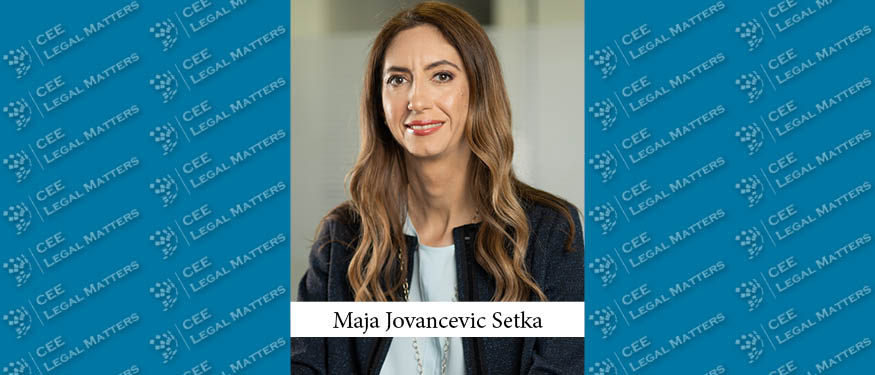Serbia’s economy remains stable despite slower growth, with signs of renewed M&A activity, ongoing regulatory reforms, and progress in renewables and the capital market, according to Karanovic & Partners Partner Maja Jovancevic Setka.
“Serbia has seen six months of student-led protests, resulting in a new government in April,” Jovancevic Setka notes. “The most recent news is that students are calling for early parliamentary elections. In terms of the broader economic context, official data for the first part of the year is still limited, but a certain slowdown in growth indicators is noticeable, which corresponds with the stagnation of the main European economies.” That said, she adds that in the past few months, there have been signs of renewed activity, “with an increasing number of M&A transactions, with the key sectors being technology, IT, manufacturing energy, and real estate. The banking sector remains strong, with ongoing consolidation – most recently the AIK Banka’s acquisition, followed by the merger of Eurobank Direktna – and continues to be well-capitalized and profitable.”
Jovancevic Setka adds that the past few months have been marked by several legislative changes. For example, she says, “amendments to the Law on Banks have increased regulatory oversight. There have also been updates to anti-money laundering legislation to further align with EU standards. Additionally, interest rates on individual loans have been fixed under the new Law on Protection of Users of Financial Services. Another interesting development is the amended Law on Foreign Exchange Operations, which brought stricter National Bank controls and sanctions.”
An especially interesting development, according to Jovancevic Setka, is Serbia’s ongoing effort to join SEPA. “A decision on the country’s accession was made on May 22. Serbian payment service providers will need to perform some steps, with May 2026 being the earliest expected date of operational readiness,” she says. “On another front, the finance ministry is leading a project to boost the development of Serbia’s capital market and diversify sources of finance by supporting corporate bond issuances on the Belgrade Stock Exchange, backed by a loan from the World Bank to cover transaction costs. The first successful issuance took place in April, with Elixir Group issuing EUR 35 million in green bonds. This marked the first primary trading on the Belgrade Stock Exchange in over a decade.”
“There is also consistent interest in renewables and energy,” Jovancevic Setka continues. “In February, Serbia held its second state auction for wind and solar projects, which was oversubscribed, with all quotas for contracts for difference fully allocated,” she emphasizes.
“One of the important issues currently impacting the market is the situation involving US sanctions on NIS, Serbian multinational oil and gas company co-owned by Gazprom Neft and the Republic of Serbia,” Jovancevic Setka points out. “The sanctions process targeting Russian gas companies captured NIS in January, with multiple extensions approved delaying their implementation. At the moment, NIS has secured an extension until the end of June. The government is actively working to find a solution with the Russian shareholders, as the outcome will have significant implications for the market.”
Finally, according to Jovancevic Setka, infrastructure remains a key focus area for the government, “with numerous projects planned for the coming year, especially those aligned with green goals. A particularly ambitious project is Serbia’s preparation for EXPO 2027, which is expected to involve the construction of hotels, a national stadium, and other facilities. That said, the project is still in the early stage with a considerable amount of work to be done.”

